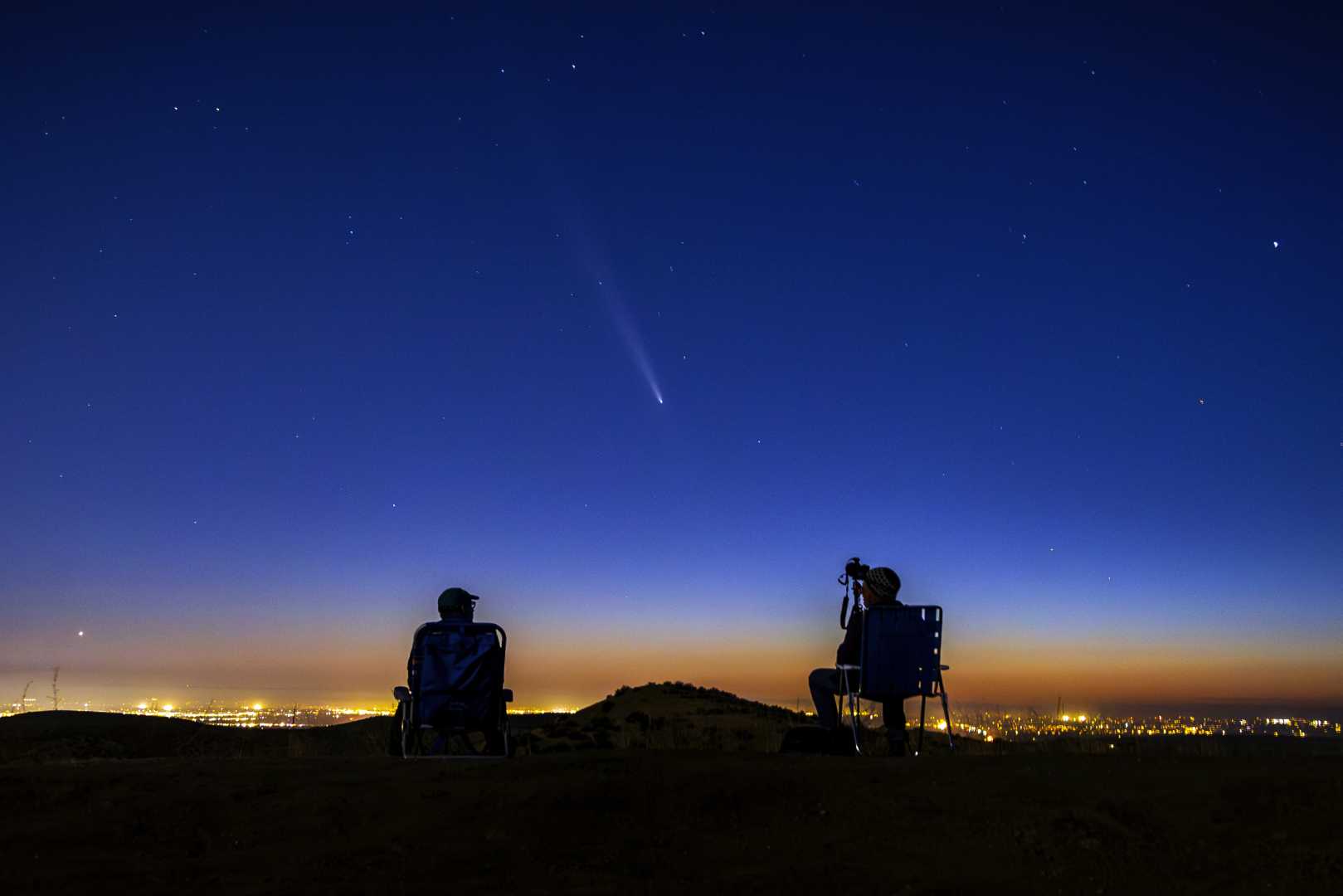News
Comet Tsuchinshan-ATLAS: A Rare Celestial Event

Comet Tsuchinshan-ATLAS, officially known as C/2023 A3 (Tsuchinshan–ATLAS), is making a rare appearance in the night sky, captivating astronomers and stargazers alike. Discovered last year, this celestial body has traveled from the outskirts of the solar system and is currently visible from Earth with the naked eye.
According to astronomers, Comet Tsuchinshan-ATLAS reached its peak visibility earlier this month but will still be visible in the coming nights. Observers should look towards the west about 45 minutes after sunset, where the comet can be seen just below and to the right of a bright red giant star in the constellation.
The comet, shining at a magnitude of +0.5, remains a stunning sight, though its visibility is diminishing as it distances itself from both Earth and the sun. It is expected to be observable with binoculars for the remainder of October and into early November, after which a telescope will be necessary for viewing.
Despite the hindrance of a waxing moon, which is set to culminate in a full ‘supermoon’ on October 17, darkness is expected to return to the sky through the weekend as the moon rises later. This shift should improve visibility conditions for spotting the comet, particularly on Sunday, October 20.
Comet Tsuchinshan-ATLAS will continue to rise higher in the western sky each night, offering one of the last opportunities for stargazers to see it with the naked eye. If missed, there could still be a chance to view it until Saturday, October 26, with the aid of binoculars.
As noted astronomy writer David H. Levy once expressed, “Comets are like cats: they have tails, and they do precisely what they want,” highlighting the unpredictable nature of these celestial visitors.












